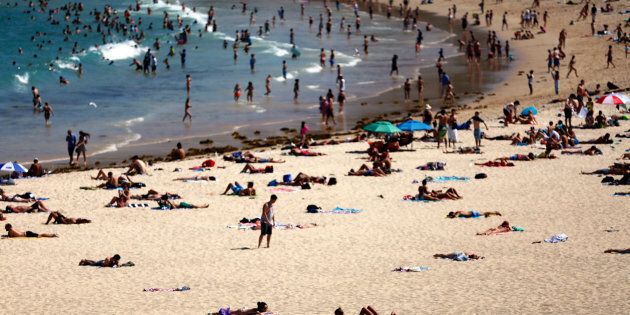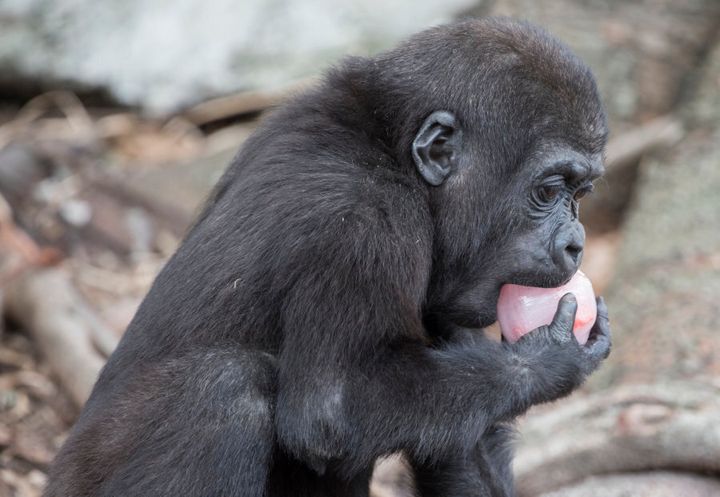
Climate change and a strong El Niño made 2016 a very hot, wet year, according to the Australian Bureau of Meteorology's Annual Climate Statement.
It was the fourth hottest year in Australia and is likely to be the hottest year on record globally. Ocean temperatures in our region were also the warmest on record.
Leading climate scientist Professor Will Steffen from the Climate Council told ABC News on Thursday the temperature figures seen throughout 2016 are hardly surprising.
"They don't surprise me at all. They are alarming... ocean temperatures around Australia were record high during the last year," he said.
"We are sitting at 1.2 degrees above pre-industrial temperatures. 1.5 is not too far ahead. We will likely hit that mid-century... There is so much momentum in the climate system that we have to get emissions down deeply and rapidly from now if we want to affect what's going to happen in the second half of the century."
Around the nation, we got off to a dry start last year with an unusually dry wet season in northern Australia. Fires tore through northwest Tasmania, southwest Western Australia and near the Great Ocean Road in Victoria.
The El Niño ended in May, triggering drought-breaking rain across multiple states. Even parched northern Australia got a soaking during the dry season.
THIS is the dry season?! #weather#flood#rain#climatechange#Australia#aboriginal#Indigenouspic.twitter.com/Y7G5r2C2yf
— WarrenH & Dani Young (@WarrenHDani) May 30, 2016
And who could forget the East Coast Low that churned up the coastline in June? It cause flooding and coastal erosion, costing some beachfront properties their backyards.
We saw an end to exceptionally wet conditions by mid spring, however there was flooding in the Murray Darling Basin from September to October. Supercell thunderstorms -- with hail the size of golf-balls -- caused heavy damage across southeast Australia and parts of southeast Queensland during early November.
But 2016 ended on a warm note, with a heat wave sweeping over the south east of the country in December.

According to Steffen, the Australian community are slowly coming to realise the effects of climate change and beginning to demand political action from governments.
"When you look at polls taken over the last decade or so, there has been a shift of a higher percentage of the population understanding climate change is real," he said.
"I don't think it is only a question of the people in general understanding wanting something done, I think they are a head of the political system. There is enough interest to get meaningful political action but it is getting stuck in the process."
2016 Weather by numbers:
- Australia's annual rainfall 17 per cent above average, 544.99 mm (1961–1990 average 465.2 mm)
- National mean temperature 0.87 °C above average
- Mean sea surface temperature 0.77°C above average